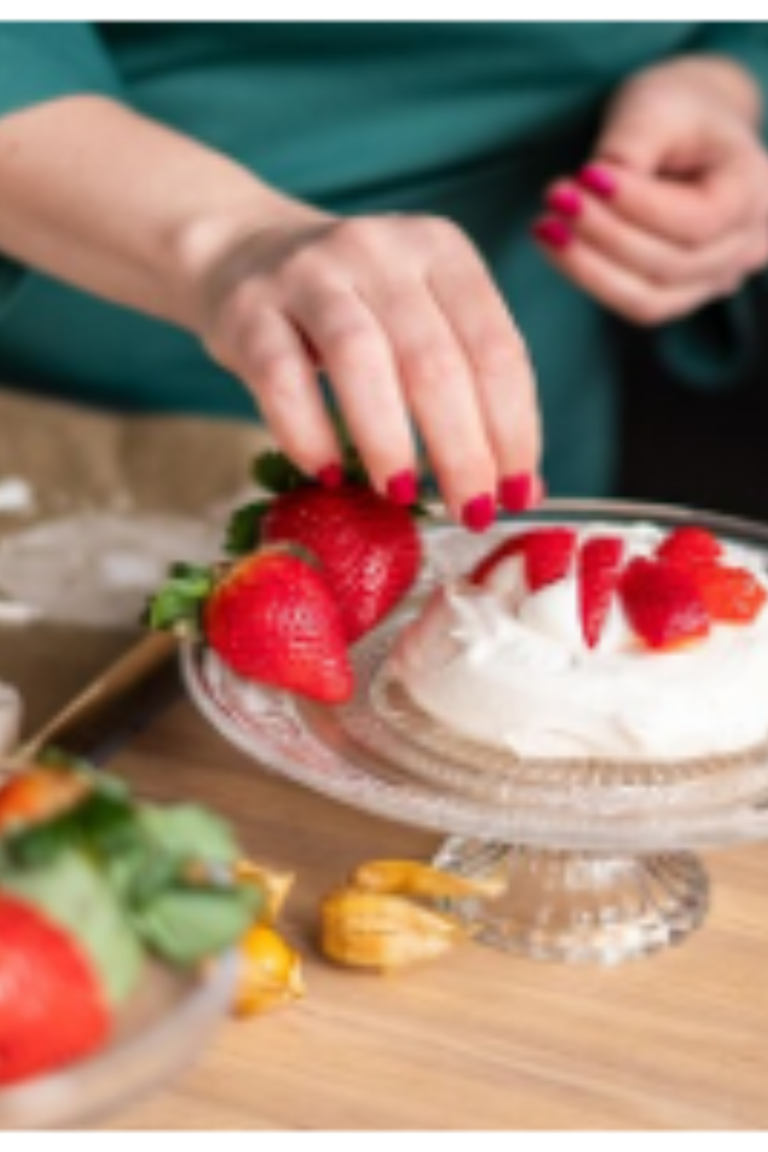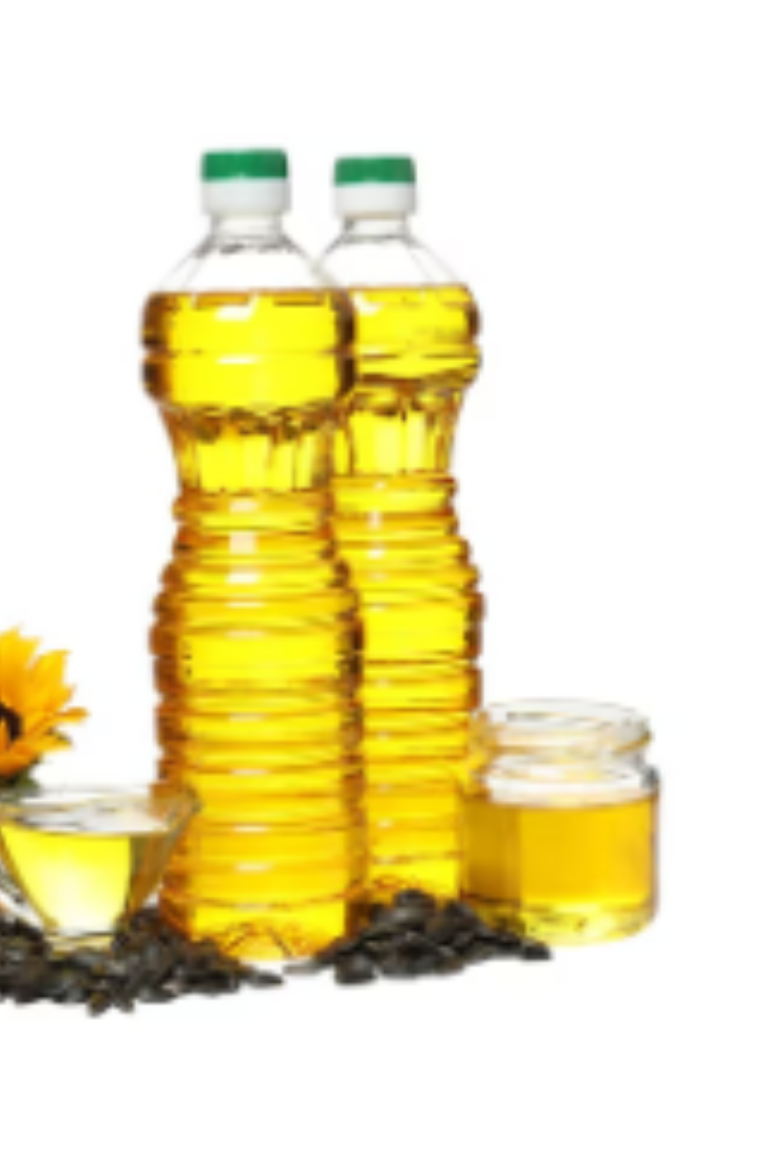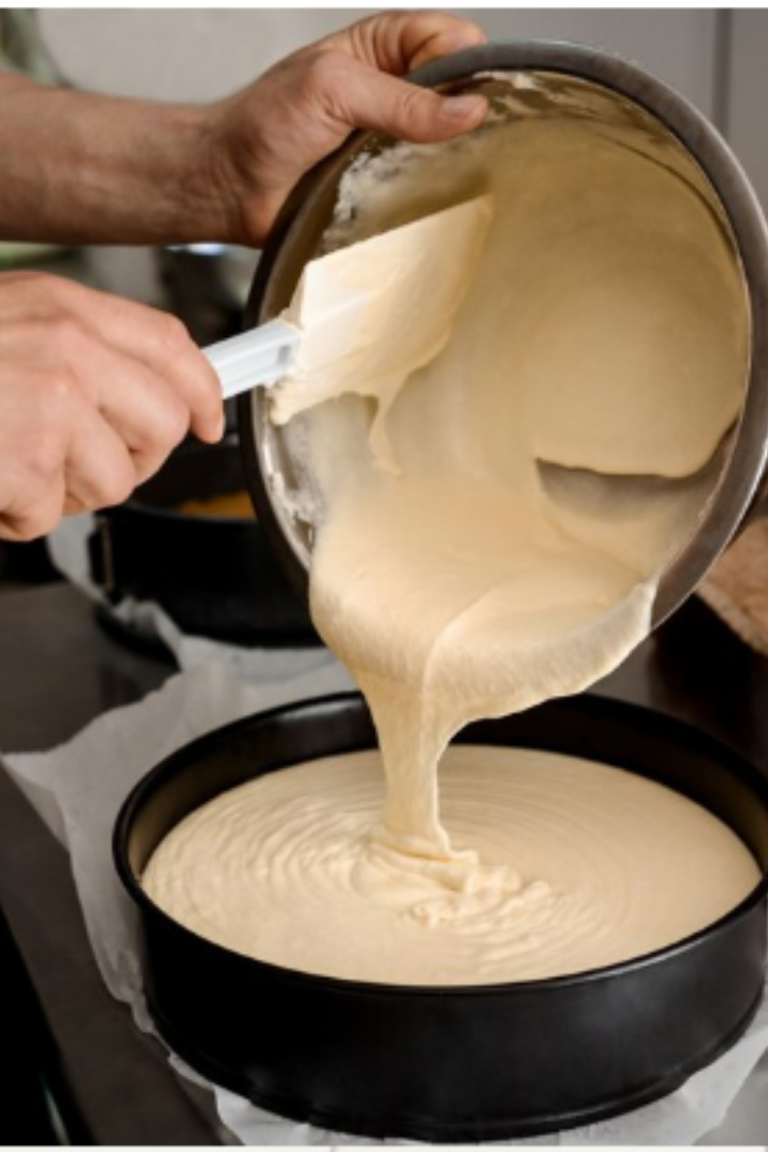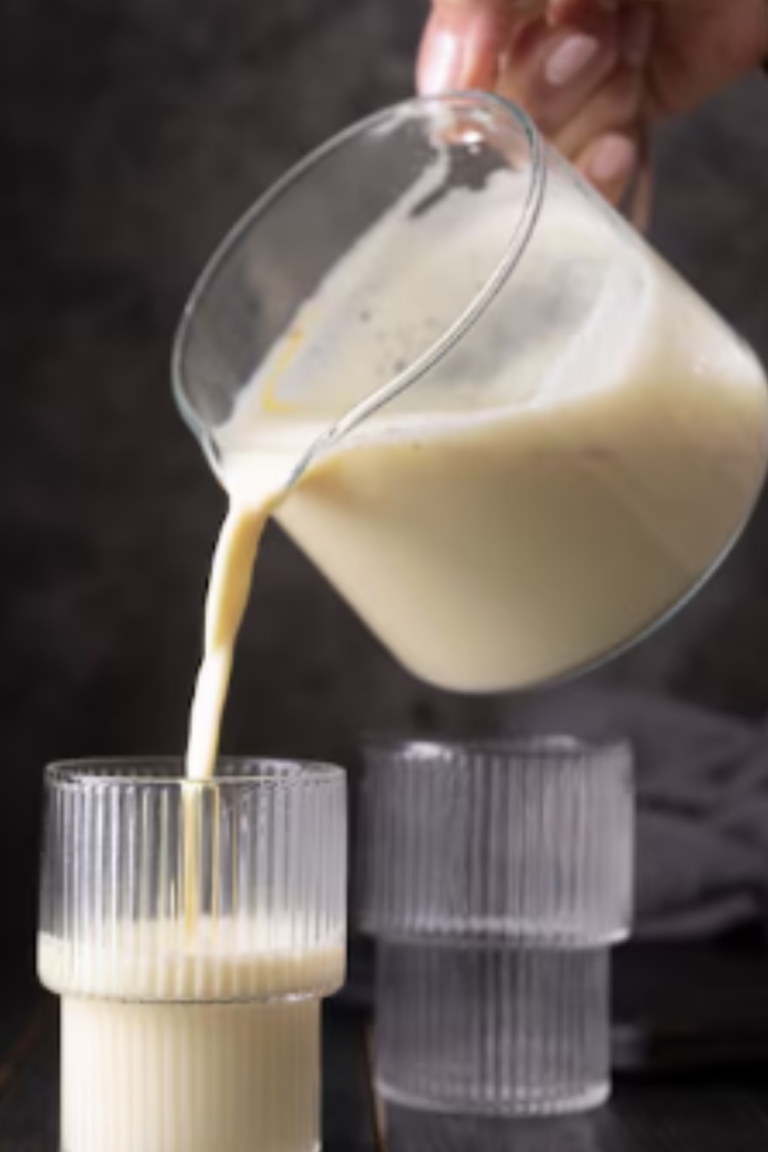ASL: Artificial Sweetener Liquid role in cakes Explained
In this topic, I’m going to talk about Artificial Sweetener Liquid (ASL) and its role in cakes, drawing from my own personal experience with ingredients and food preparation.
Artificial Sweetener Liquid (ASL): What’s Its Role in Cakes?
Artificial Sweetener Liquid (ASL) plays a crucial role in baking, especially when it comes to creating cakes that are lower in calories or suitable for those managing sugar intake. Unlike traditional sugar, ASL is a concentrated liquid form of sweeteners that adds sweetness without the bulk or crystallization that sugar contributes to baked goods. Check out the right Artificial Sweetener Liquid, cake tools, and ingredients that you need here.

Understand ASL
ASL is typically made from various artificial sweeteners like sucralose, aspartame, or stevia, blended with water or another solvent to create a liquid form. This liquid consistency makes it easy to incorporate into cake batters without altering the texture significantly. Unlike granulated sugar, which adds structure and volume through its ability to hold air when creamed with fats, ASL requires adjustments in other ingredients to maintain the desired texture and structure in cakes.
Effects on Texture and Flavor
When used in cakes, ASL alters both the texture and flavor profile compared to traditional sugar. The liquid form distributes more evenly throughout the batter, ensuring a consistent level of sweetness in every bite. This distribution also impacts the moisture content of the cake, potentially leading to a moister finished product depending on the recipe adjustments made. Check out the right Artificial Sweetener Liquid, cake tools, and ingredients that you need here.
Practical Tips for Using ASL in Cakes
- Recipe Adaptation: Modify existing cake recipes by reducing the liquid content elsewhere (such as milk or water) to accommodate the addition of ASL.
- Adjusting Sweetness: ASL is much sweeter than sugar, so a little goes a long way. Adjust quantities gradually to achieve the desired sweetness without overpowering the other flavors in the cake.
- Baking Temperature and Time: Due to the different chemical properties of ASL compared to sugar, monitor baking times closely. Cakes may bake faster or slower depending on the recipe adjustments.
Benefits of Using ASL
- Calorie Reduction: ASL allows for the creation of cakes with reduced calorie content, making them suitable for individuals on low-calorie or diabetic diets.
- Dental Health: Unlike sugar, ASL does not contribute to tooth decay, making it a better option for dental health when consumed in moderation.
Artificial Sweetener Liquid (ASL) offers a viable alternative to traditional sugar in cake baking, providing sweetness with fewer calories and no impact on dental health. By understanding how to effectively incorporate ASL into cake recipes, you can create delicious treats that cater to a variety of dietary preferences and health needs. Check out the right Artificial Sweetener Liquid, cake tools, and ingredients that you need here.
Drilling Deeper: Comparing ASL with Traditional Sugar
When comparing Artificial Sweetener Liquid (ASL) with traditional sugar in cake baking, several key differences and considerations come into play.
Flavor Profile
ASL often provides a sweeter taste compared to sugar, which means you need less of it to achieve the same level of sweetness in a cake. This can affect the overall flavor balance, requiring adjustments in other ingredients to maintain the intended taste profile of the cake.
Texture and Moisture
Traditional sugar not only sweetens but also contributes to the structure and texture of cakes by interacting with fats and incorporating air when creamed together. ASL, being a liquid and lacking the crystalline structure of sugar, does not provide the same structural support. This can lead to cakes that are denser or have a different crumb structure unless compensatory adjustments are made in the recipe.
Baking Properties
Sugar caramelizes during baking, contributing to the golden crust and flavor development in cakes. ASL, being non-caramelizing, does not replicate this process. Cakes made with ASL may have a lighter color and slightly different flavor profile compared to those made with sugar. Check out the right Artificial Sweetener Liquid, cake tools, and ingredients that you need here.
Health Considerations
ASL is often chosen for its lower calorie content and reduced impact on blood sugar levels, making it suitable for individuals managing weight or diabetes. However, there are ongoing debates and studies regarding the long-term health effects of artificial sweeteners, which may influence personal choices in using ASL versus sugar.
Practical Tips for Substitution
- Testing and Adjusting: When substituting ASL for sugar in recipes, conduct small-scale tests to determine the optimal amount needed for sweetness and adjust other ingredients accordingly.
- Texture Modifications: To maintain the desired texture in cakes when using ASL, consider adding ingredients that can compensate for the structural role of sugar, such as additional fats or binding agents like eggs.
while Artificial Sweetener Liquid (ASL) offers advantages such as calorie reduction and suitability for specific dietary needs, its use in cake baking requires careful consideration of flavor, texture, and baking properties compared to traditional sugar. By understanding these differences and making informed adjustments, you can successfully incorporate ASL into cake recipes that meet both taste preferences and health goals. Check out the right Artificial Sweetener Liquid, cake tools, and ingredients that you need here.
comparison tabular
Here’s a comparison table summarizing the key considerations between Artificial Sweetener Liquid (ASL) and traditional sugar in cake baking:
| Aspect | Artificial Sweetener Liquid (ASL) | Traditional Sugar |
|---|---|---|
| Sweetness Level | Much sweeter; requires less quantity for equivalent sweetness | Less sweet; larger quantities needed |
| Texture & Structure | Does not contribute to structure or caramelization; may affect texture and crumb structure unless recipe adjustments are made | Contributes to structure, texture, and caramelization during baking |
| Flavor Profile | May have a slightly different flavor compared to sugar | Contributes to a characteristic flavor and color during baking |
| Caloric Content | Lower calorie content, suitable for diets focusing on calorie reduction | Higher calorie content |
| Impact on Blood Sugar | Does not significantly impact blood sugar levels | Raises blood sugar levels |
| Health Considerations | Preferred for low-calorie or diabetic diets; long-term health effects of artificial sweeteners are debated | Contributes to calorie intake and can affect dental health |
| Baking Adjustments | Requires adjustments in recipe ingredients to maintain desired texture and taste | Standard baking procedures with potential adjustments for sweetness |
| External Resources | American Diabetes Association | Harvard Health Publishing |
Key Considerations:
- Sweetness Level: ASL is much sweeter, so less is needed compared to sugar.
- Texture & Structure: Sugar contributes to cake structure and texture through caramelization and interaction with fats.
- Flavor Profile: ASL may alter the flavor profile slightly, while sugar provides its characteristic taste and color.
- Caloric Content: ASL offers lower calorie options suitable for calorie-conscious diets.
- Health Considerations: ASL is chosen for its lower impact on blood sugar levels but is subject to ongoing health debates.
- Baking Adjustments: Recipes need adjustments to compensate for ASL’s properties compared to traditional sugar.
This table summarizes the essential differences and considerations between ASL and traditional sugar in cake baking, helping you make informed choices based on your dietary preferences and health goals. Check out the right Artificial Sweetener Liquid, cake tools, and ingredients that you need here.
FAQs on Artificial Sweetener Liquid (ASL) in Cake Baking
1. Is ASL safe to use in baking?
Yes, ASL is considered safe for baking purposes. It undergoes rigorous testing and approval processes by regulatory authorities to ensure it meets safety standards for consumption.
2. How do I adjust recipes when using ASL instead of sugar?
When substituting ASL for sugar in cake recipes, start by using less ASL than you would sugar, as it is much sweeter. You may need to adjust other liquid ingredients in the recipe to maintain the desired consistency and texture.
3. Can ASL be used in all types of cakes?
ASL can be used in most cake recipes. However, its sweeter taste and liquid form may require recipe adjustments to achieve the desired texture and flavor profile.
4. What are the benefits of using ASL over traditional sugar in cakes?
The main benefits of using ASL include calorie reduction, suitability for diabetic diets (since it does not significantly impact blood sugar levels), and dental health benefits (as it does not contribute to tooth decay).
5. Are there any disadvantages to using ASL?
Some people may perceive a slightly different taste with ASL compared to traditional sugar. Additionally, there are ongoing debates about the long-term health effects of artificial sweeteners, although current evidence suggests they are safe for most people in moderate amounts. Check out the right Artificial Sweetener Liquid, cake tools, and ingredients that you need here.
Final Words
In conclusion, Artificial Sweetener Liquid (ASL) offers a viable alternative to traditional sugar in cake baking, providing sweetness with fewer calories and minimal impact on blood sugar levels. By understanding how to effectively substitute ASL in recipes and making appropriate adjustments, you can enjoy delicious cakes that cater to various dietary preferences and health needs. Always remember to experiment gradually to find the right balance of sweetness and texture for your cakes.

Hi!
I’m Mike, the creator of Forum Foodies. In my own personal experience, understanding ingredients is key to great cooking.
Forum Foodies offers guides on various ingredients, from staples to exotic finds. Join our community, share your experiences, and learn from fellow food lovers.
Have questions or suggestions? Email me at info@forumfoodies.com. Let’s embark on this delicious adventure together.
Happy cooking.
Mike/
Related Posts
- BML: Buttermilk Liquid role in cakes Explained
In this topic, I'm going to talk about Buttermilk: its role in cakes and why…
- CPJ: Caramelized Pear Juice role in cakes Clarified
In this topic, I'm going to talk about CPJ - Caramelized Pear Juice in my…
- EMC: Eggless Milk Cream role in cakes Clarified
If you love baking but want to avoid using eggs, then you're in for a…
- BPS: Black Plum Syrup role in cakes Clarified
In this topic, I'm going to talk about Black Plum Syrup (BPS) and its role…
- EBC: Elderberry Compote role in cakes Clarified
In this topic, I'm going to talk about the delightful addition of Elderberry Compote in…
- CFC: role in cakes Clarified
In this topic, I'm going to talk about coconut flour and its role in cakes,…
- PCH: Peach Honey its role in cakes Clarified
In this topic, I'm going to talk about PCH - Peach Honey, exploring its role…
- CRB: Cocoa Ribbon role in cakes Clarified
In this topic, I'm going to talk about Cocoa Ribbon (CRB) and its role in…
- DAC: role in cakes Clarified
In this topic, I'm going to talk about DAC - Date-Almond Cake in my own…
- CST: Role in cakes Explained
In this topic, I'm going to talk about the CST - Cranberry Shortcake, drawing from…
- CLM: Cherry Lemon Meringue role in cakes Clarified
In this topic, I'm going to talk about the Cherry Lemon Meringue (CLM), drawing from…
- CCFL: Corn Cream Flour role in cakes Clarified
In this topic, I'm going to talk about CCFL - Corn Cream Flour in my…
- HBM: Honey Buttermilk role in cakes Clarified
In this topic, I'm going to talk about the role of HBM - Honey Buttermilk…
- PCJ: Passionfruit Juice role in cakes Explained
In this topic, I'm going to talk about the delightful addition of passionfruit juice in…
- PSH: Pumpkin Spice Honey role in cakes Explained
In this topic, I'm going to talk about PSH - Pumpkin Spice Honey, based on…






